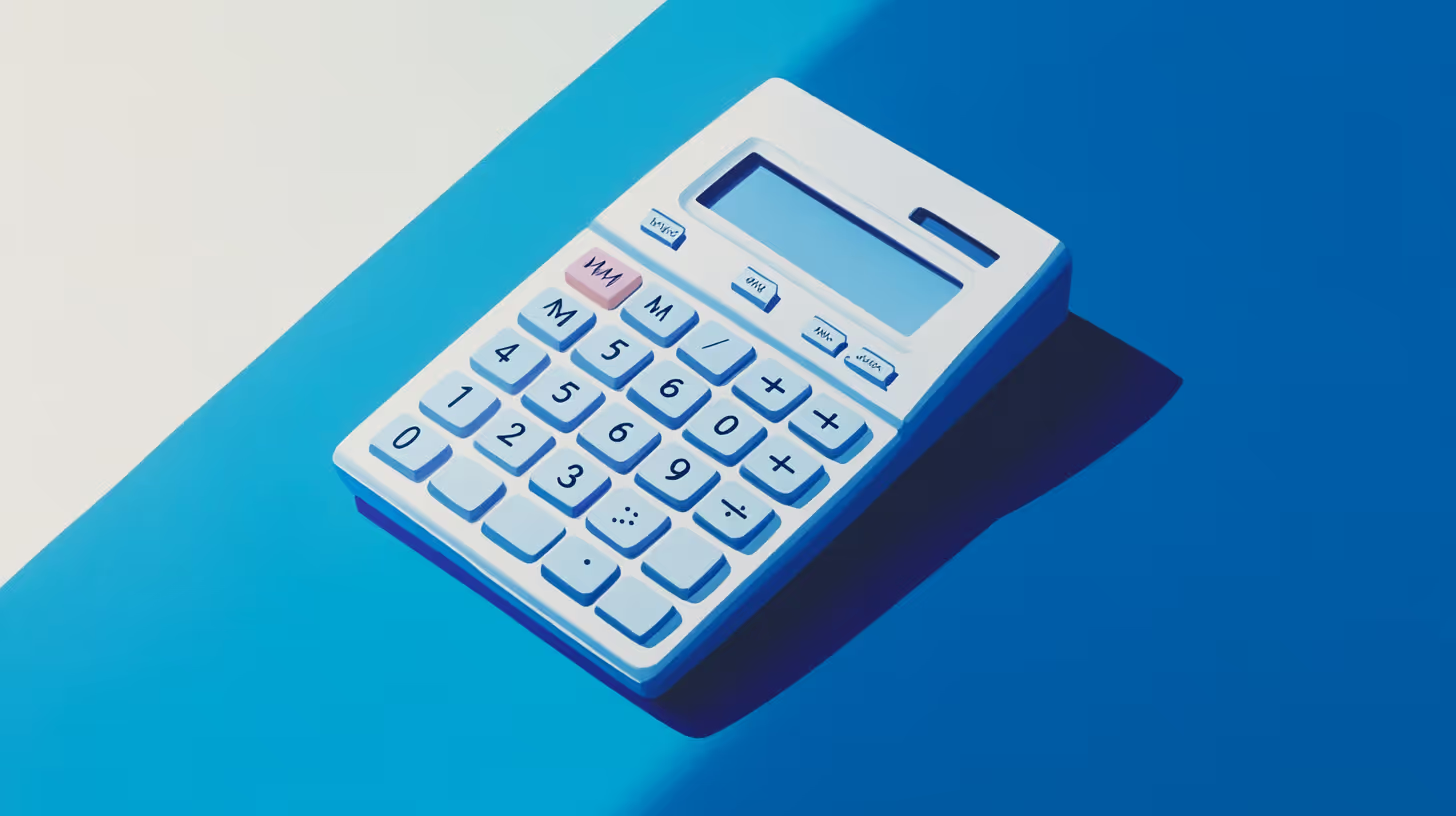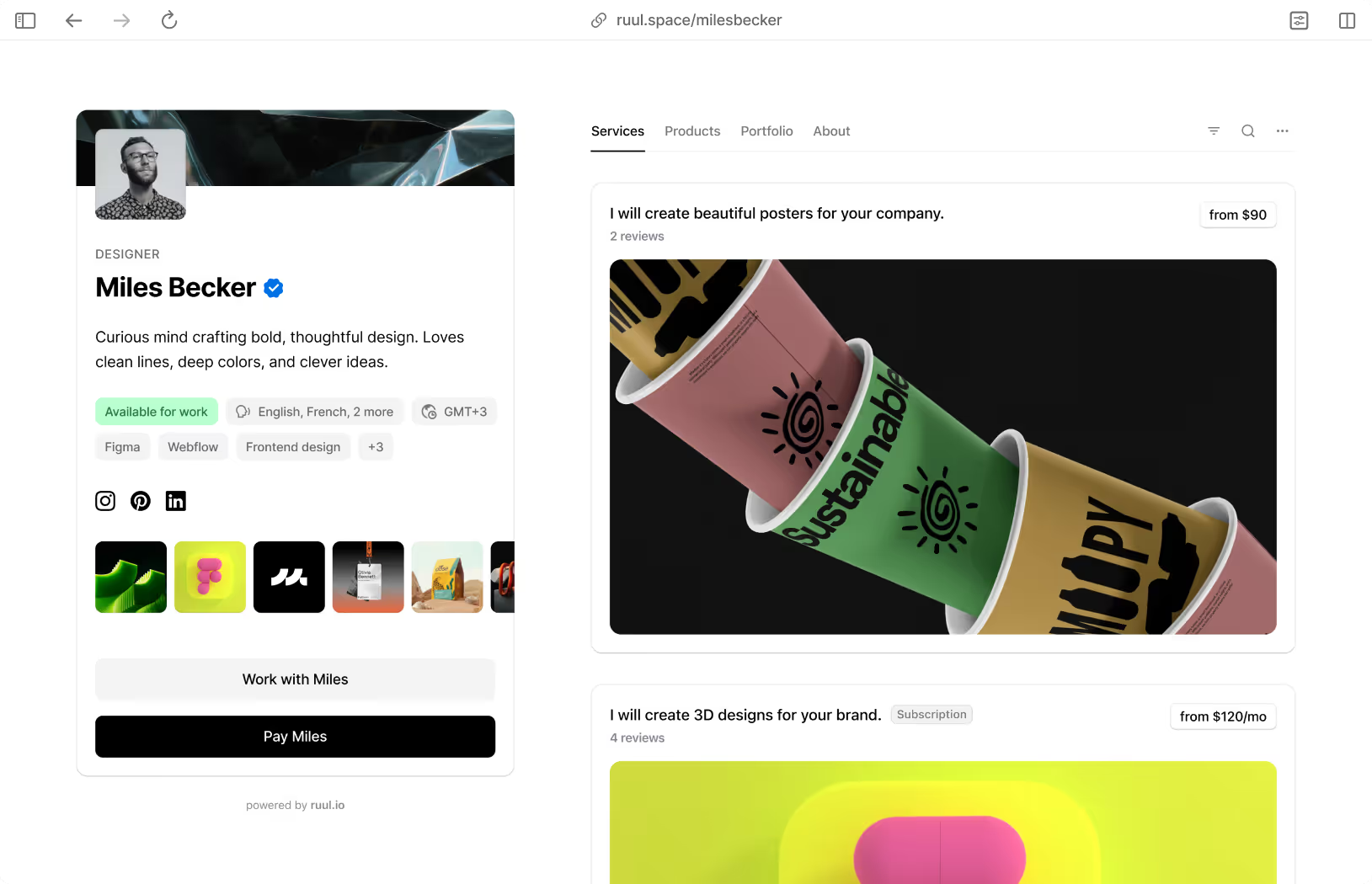Your choice of the appropriate cost for your graphic design task will determine your success as a freelancer. Pricing may be a challenging task as it calls for juggling your goal to make your business profitable with what your clients are willing to spend. Pricing your work too low might make it tough for you to pay your expenses; pricing it too high may turn off potential clients. This blog will guide you through the pricing process so that your prices properly reflect your credentials, experience, and value.
Appreciating the Value of Your Work
Pricing your graphic design work begins with appreciating the value you provide for clients. Not just about creating visually beautiful things, graphic design is about addressing problems, enhancing brand recognition, and helping businesses to reach their goals. The more value your work gives a client, the more properly you might justify charging higher fees.
Consider how your designs will impact the business of your customer. For a company, a well-designed logo or website might significantly improve its brand image, draw more customers, and increase income. Your pricing should show the value of this impact. This value should let your clients know they are paying for the benefits your work will provide for their business instead of just for your time.
Reviewing Your Experience and Competency
Your degree of experience and the nature of your employment define most of your fees. As a rookie, you might have to set cheaper prices to attract clients and construct your portfolio. However, you may gradually increase your costs as your portfolio grows and you gain more expertise to more fairly reflect your improved credentials and reputation.
If you work in a specialized field or have particular expertise, you might potentially charge extra. For instance, clients in a subject like technology or healthcare might value your expertise more if you specialize in designing for a certain area. Higher cost might also be justified by any honors, certifications, or notable career achievements.
Analyzing the Market
Establishing reasonable rates requires market research and knowledge of what other freelancing graphic designers are charging for similar work. This will provide you a basis to help with price positioning. You may research costs by looking via freelance job sites, networking with other designers, or even conducting surveys among potential clients.
Although knowing what others are invoicing is useful, avoid basing your charges only on what the market is used to accepting. Your pricing should reflect work quality, special value proposition, and business goals. Should your work stand out or you provide a special service, be sure not to hesitate to charge more than the normal rate.
Choosing a Pricing Method
Your price choices as a freelance graphic designer are minimal. Among the most regularly used ones are hourly rates, project-based pricing, and value-based pricing.
Calculation of hourly rates is fast and easy. You pay a defined hourly rate just for each hour worked. This method works well for projects with unclear or predicted shifting scope. However, hourly rates may sometimes undervalue your labor if you're quite excellent at what you do.
Under project-based pricing, the set cost for the whole effort is established independent of project duration. Well specified projects will find this approach ideal as it informs consumers of the total upfront cost. Being effective also rewards you as you could do the work quicker without reducing your revenue.
Value-based pricing stresses to the client the value your job offers above project scope or time commitment. Should your design efforts significantly impact the client's business, you may set different pricing based on the results. This strategy demands complete customer awareness of goals and courage to charge premium prices.
Overheads and Expense Factoring
Establishing your prices should include the running costs of your freelance business. This includes any extra overheads, taxes, tools, marketing expenses, software subscriptions, etc. Your rates should cover these costs as well as provide you a profit that will enable your freelance business to remain viable.
Consider also the time spent on non-billable tasks such revisions, client communication, and administrative activities. These are part of your work and should be incorporated into your budget even if they have nothing to do with the creative process.
Once your rates are known, you have to make sure your customers exactly understand them. Share your actual pricing and ensure no unspoken costs exist. When discussing charges with clients, stress the value you are providing instead of just the cost. Help them to understand how your work will help them to achieve their business objectives and the benefits of it.
Should a consumer attempt to negotiate your costs, be ready to explain your pricing structure and defend your worth. While discounts for long-term projects or loyal consumers are OK, avoid undervaluing your offerings solely to get a contract. Remember, the clients that really value your expertise and skills will be willing to pay what you are worth. This can be helpful to create a freelance graphic design pricing range for your work.
Gradual Rate Changing
Change your rates without thinking twice; as your knowledge and capacity grow, so will your charges. Reviewing your rates usually ensures that your costs remain fair and accurate for the given service. If you recently completed well-publicized projects, obtained certifications, or received excellent client remarks, you could be justified in raising your costs. Finally, having a freelance graphic design price list can help in understanding how much do freelance graphic designers charge.
Growing your freelancing business might be challenging as it depends on continual communication of price adjustments to present clients. Give your consumers adequate time and explain the rationale behind the proposed tariffs before applying them. Most clients will understand and value the quality and expertise your rates reflect for their projects. Learning about what is the best graphic design software or how to send an invoice to get paid can help you at this point as a designer.
Moreover, using the Ruul platform helps you to streamline your invoicing and pricing system. Ruul allows you to create professional invoices that exactly display your rates. From freelance paid in crypto tips to getting your first client topics, you can find many helpful examples in our blogs.










